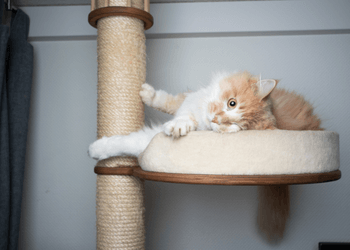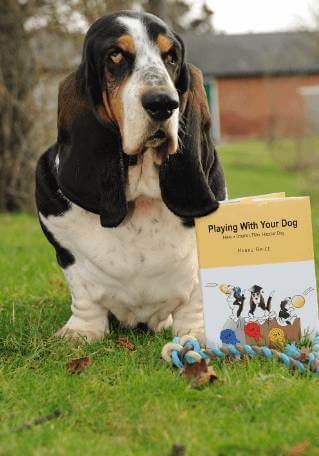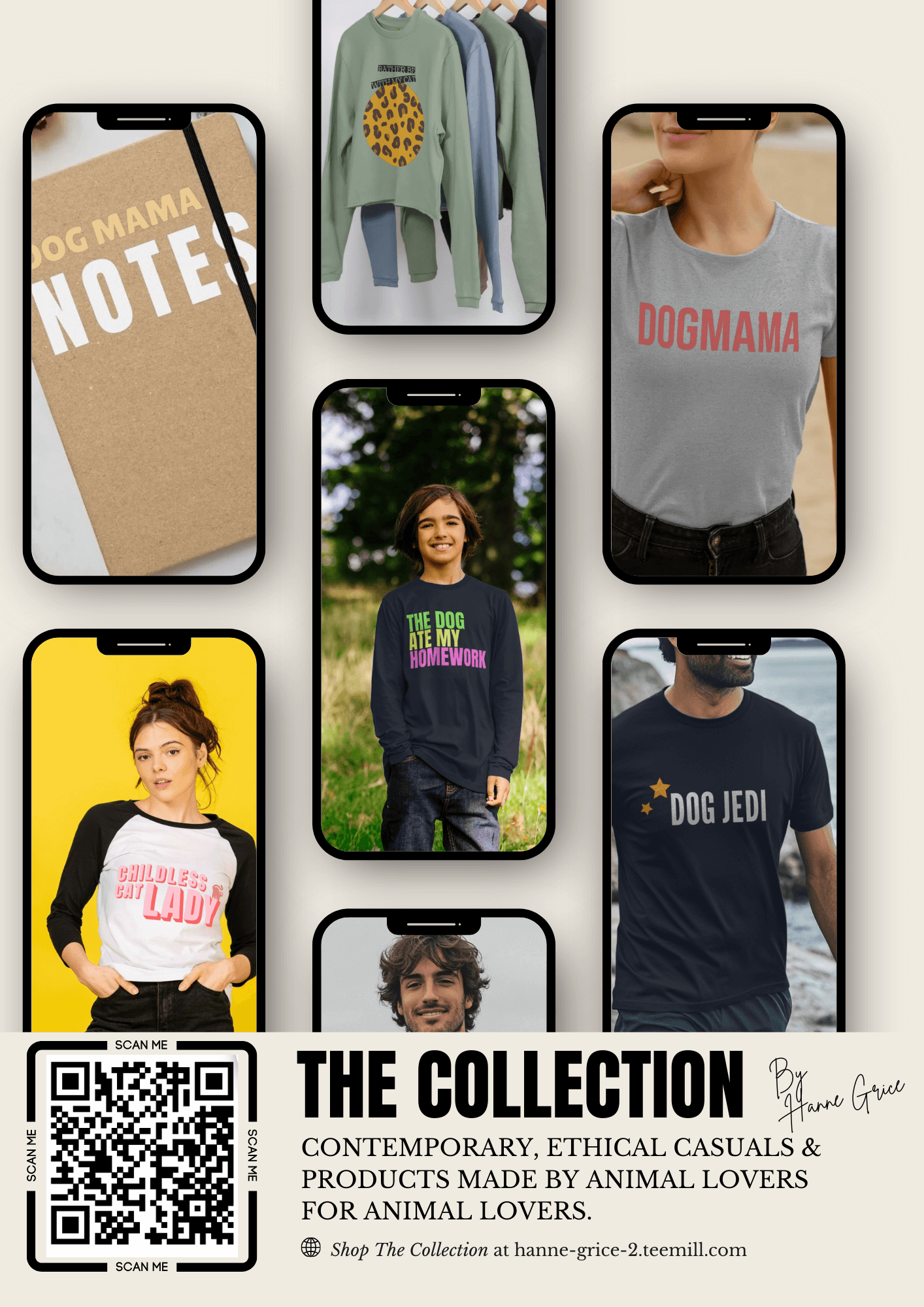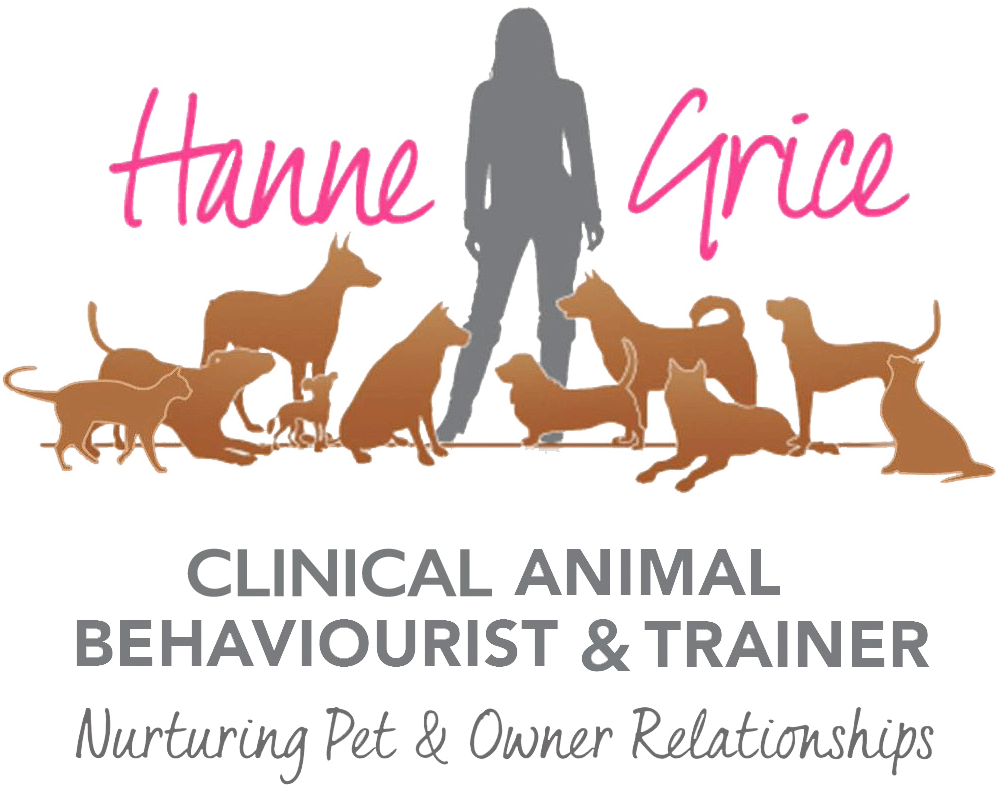In recent years the popularity of the cat has increased. There are now around 12 million pet cats in the UK (PFMA, 2021) with many living in households where there is at least one other resident cat. Despite the popularity of cats, many still end up in rescue centres or are presented for euthanasia. Behavioural problems, as reported by owners, are one of the most important causes for the failure of the cat-owner relationship (Jensen et al., 2020). And, typical problem behaviours associated with relinquishment include inappropriate elimination, destruction, scratching, feeding issues, human-directed aggression, inter-cat aggression and/or aggression within the household towards other animals, such as the family dog (Bourne, 2020; Casey et al., 2015)
 By providing an environment that is rich in mental and physical stimulation appropriate to the individual cat[s], addressing their needs, coupled with a well-balanced diet, we can strengthen the cat-owner bond, reducing the likelihood of problem behaviours.
By providing an environment that is rich in mental and physical stimulation appropriate to the individual cat[s], addressing their needs, coupled with a well-balanced diet, we can strengthen the cat-owner bond, reducing the likelihood of problem behaviours.
Furthermore, where cats are living in multi-cat households, a recent study suggested that the likelihood of negative interactions with the owner (such as growling or hissing) was influenced by the cats’ relationships (Roberts et al., 2020). Therefore, ensuring that resources important to cats are readily available within the household is another factor in helping create more harmonious relationships and a happier cat. Resources important to our feline friends include litter trays (one tray per cat + 1) with their preferred substrate, ready access to the outside (if they are allowed outdoors), access to water/food stations in differing zones, enough space including hiding/resting and sleeping spots for the individual cat[s], scratching zones (and to each cat’s preference, such as horizontal, vertical spots, as well as differing textures like carpet, cardboard etc).
Below are quick tips to help have a happy cat*.
- Use puzzle feeding cubes, snuffle mats, and lickee mats and hide dry food (kibble) around the house. Cats see the world through scent so help them use their nose to sniff and forage for their kibble and other tasty tit-bits their tummies can tolerate. Where cats are on restricted diets, you can play around with the texture to make this more interesting, such as using cooled boiled water and soak the kibble until it swells, then create a paste to smear across lickee mats.
- Toss dry food so the cat can chase after it as they would prey.
- Use plastic drink bottles or yoghurt pots perforated with dry food sized holes and part fill with dried food, so the food falls when rolled by the cat.
- Train with your cat. Using whatever your cat finds motivating such as food, touch and praise as a reward, use a clicker or marker word like “yes”/”yip” to teach tricks like “sit”, “paw”, jump through your arms, weave around your legs and so on. Training with cats is enriching for them and helps create positive human-animal interactions which strengthens our bond. It can also help teach our cats some really useful cooperative behaviours such as going into their crate on cue, which reduces the stress of handling when having to travel (e.g.) to see the vet. See below for an example of crate training with Dougie (aged 20 weeks) who is one of my four cats.
- Encourage play with toys attached to string, so the cat can chase its ‘prey’. Avoid laser pens as these can drive frustration where the cat fails to ever be successful in ‘catching’ the prey.
- Create an activity centre/climbing tree using scratch posts and soft platforms for rest areas. This helps your cat scratch in a chosen spot, while exercising his innate scratching and climbing behaviours.
- Create more vertical space. Building shelves on the walls and hanging up swings can be great ways to increase the cat’s indoor space, enabling the cat to utilise their natural desire to climb and retreat to ‘safe’ places which are usually high up and/or out of the way from the daily hubbub of our human lives. There are some great examples on the internet on sites including Pinterest as well as items you can purchase via Etsy and more.
- Groom your cat, starting off very gently and for very short durations. This can help build trust and the cat-owner bond, plus research suggests that when given a choice, cats in shelter environments elected to be brushed and preferred social interaction to other conditions (Kennedy et al., 2018).
- Cats typically love to chew but this can be frustrating when directed to our furniture or other valued items. Provide plenty of chewing options for your cat, such as cat grass and
 matatabi sticks.
matatabi sticks. - A recent study of 5,000 cat owners found 41% of respondents kept their cat inside (Foreman-Worsley et al., 2021). If you have a cat that is restricted to indoors, this may cause frustration. Data suggest indoor cats are more likely to exhibit behavioural problems than those with free access outside (Heidenberger, 1997 ; Strickler and Shull, 2014); although, Patronek et al. (1996) found a higher rate of relinquishment in cats allowed outdoors or exclusively outdoor cats. Perhaps by the very nature that indoor cats are always within the owner’s environment, this may increase the frequency and/or quality of owner interactions, which could influence the owner-cat relationship. Nevertheless, there are many reasons owners choose to keep their cat inside, such as for safety, where there is no suitable outside space for the cat, or health-reasons and so on. For these cats, there are some great options including creating catios, cat balconies or window boxes. These are enclosed, safe spaces but enable the cat to experience some fresh air, and provide another zone to venture which may tickle their feline senses. Check out the internet for ideas of creating safe outside space solutions, including resting hammocks attached to windows where catios and window boxes may not be feasible options.
*Note: If you are experiencing problems, please consult with your veterinary surgeon in the first instance to rule out any potential health issues which could be prompting or contributing to any undesirable cat behaviours.
Learn more about our classes

Get Hanne's book, clothing and more
Hanne has a number of publications including her book Playing With Your Dog to help owners work out the games that are best suited for their pet to play throughout his life, from puppyhood to old age, available from Amazon. Check out Hanne's range of contemporary casuals The Collection – for pet lovers made from recyclable, organic materials that are sustainably sourced.


 matatabi sticks.
matatabi sticks.